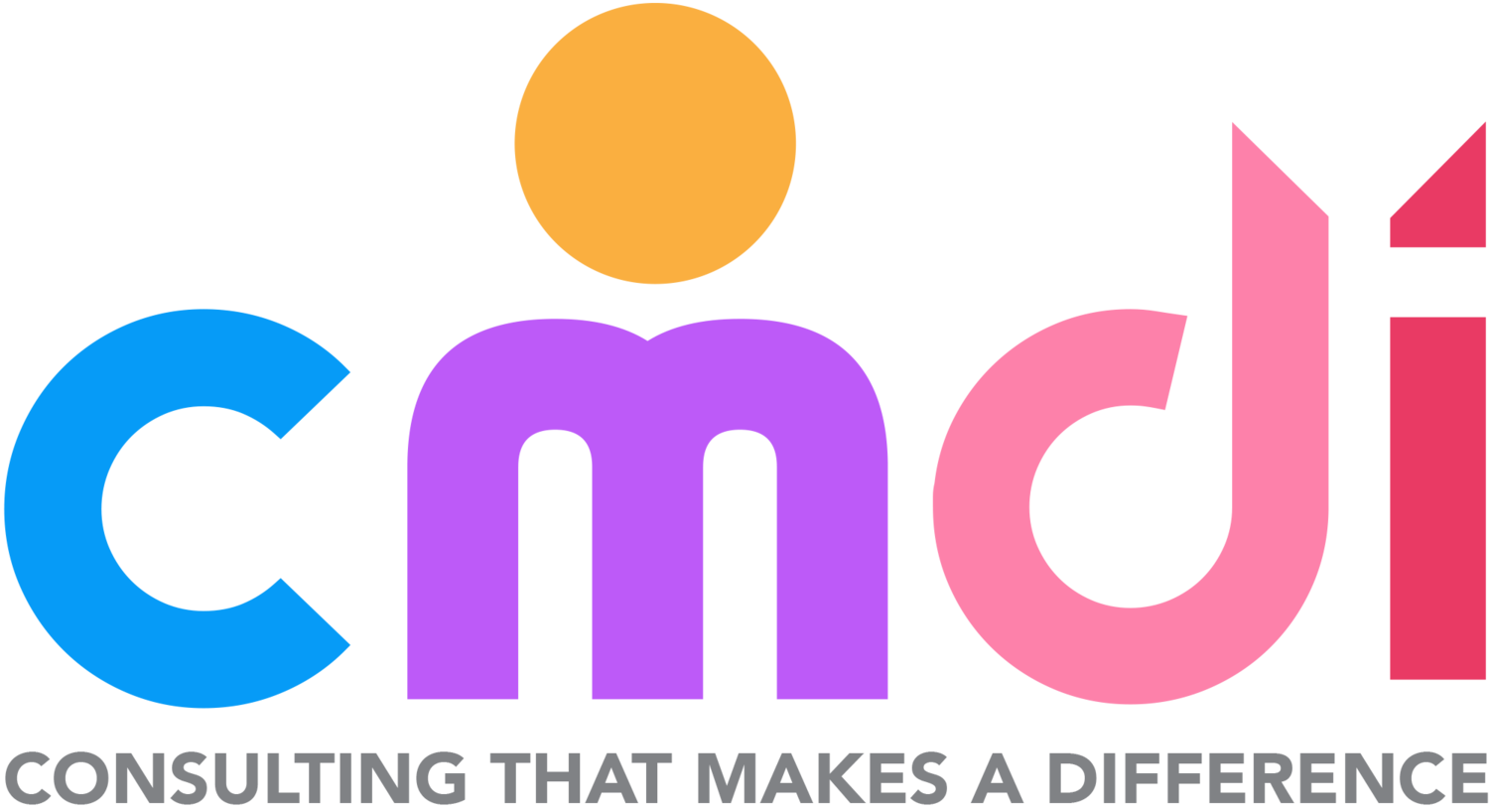The Science of Data Collection
What is Data Collection?
Data collection is the process of gathering, analyzing, and determining intentional lesson planning next steps of accurate data from various sources to find answers to learning trends and student abilities. There are various steps to collecting data in order to intentionally plan every student’s academic and social emotional successes. At CMDI, we use The Data Inquiry Cycle over a 6 to 8 week cycle in order to effectively implement data collection. You can see the different steps below: Taking baseline data, creating action plans (differentiated instruction and/or specially designed instruction), collecting ongoing data, change lessons accordingly and formative assessment.
Why is data collection important for student success?
Knowledge is power, information is knowledge, and data is information in written (and digitized) form. Before you can leverage the student data into successful strategies and outcomes for your classroom or school, you need to gather it efficiently. As teachers, we are the power of knowledge for all of our students. We have to collect every piece of academic and social emotional data possible in order to help all of our students achieve the highest level of achievement. Schools who perform data inquiry cycles every 6 to 8 weeks have the ability to help their students achieve high levels of success.
How can data collection be done in the classroom effectively?
There are numerous ways to collect data. I have seen teachers use entrance and exit tickets, parking lot jots, different colored post-its to identify correct answers, student data trackers and many more. The Resilient Educator shares examples of data collection for all teachers. Teachers can assess students using formative assessments, observational data, standardized tests, milestone exams or project work, student files and student reported data.
One form of data collection that teachers can benefit greatly from is observational data. I know when I was teaching 3rd grade, this form of data collection was key to the success of all my students, especially since I was the only educator in the classroom for most of the day. Observational data collection can be challenging for teachers, but when you find the right form to collect the data and choose a time every day to evaluate the findings and trends, I promise you will begin to implement observational data daily.
This data collection tool is used for knowing the type of learners your students are and developing proactive tools to enhance their learning abilities and help your students grow and thrive. I have shared an example below of a one page (back/front) student data tracker I created for use with my students when I was an ICT and classroom teacher. I made copies each week for each subject taught and added my students’ names on the left hand side of the form. Next, I added the lesson teaching points/objective(s) to the top of the form along with anticipated misconceptions (when necessary). During the lesson, as each student worked with me, I added observational notes related to how they perform, their strengths and challenges. To this day, I still use a check, check plus and a circle to track and evaluate my students’ learning. Lastly, I used a portion of my day to analyze the data collected, along with specific individual and skill trends I noticed to determine the next steps for all students’ learning (see the right handside form below).
The example below depicts how co-teachers and I determined specific students strengths, challenges and specific ICT models for intentional lesson planning purposes. In addition, I have listed the quick data collection symbols and meanings for a fourth grade ICT classroom.
See the links for more information and resources:
Collecting Data in the Classroom: A Teacher's Guide | Resilient Educator
The Ultimate Guide to Data Collection in the Classroom - The Edvocate
However you decide to use data collection in your classroom is your choice. All students can benefit from data collection greatly and teachers can use the data to reflect on their own pedagogy too.
If you would like more information about how we can help support DATA COLLECTION in your school or district, go to our website www.cmdi.us to set up a free discovery call.


